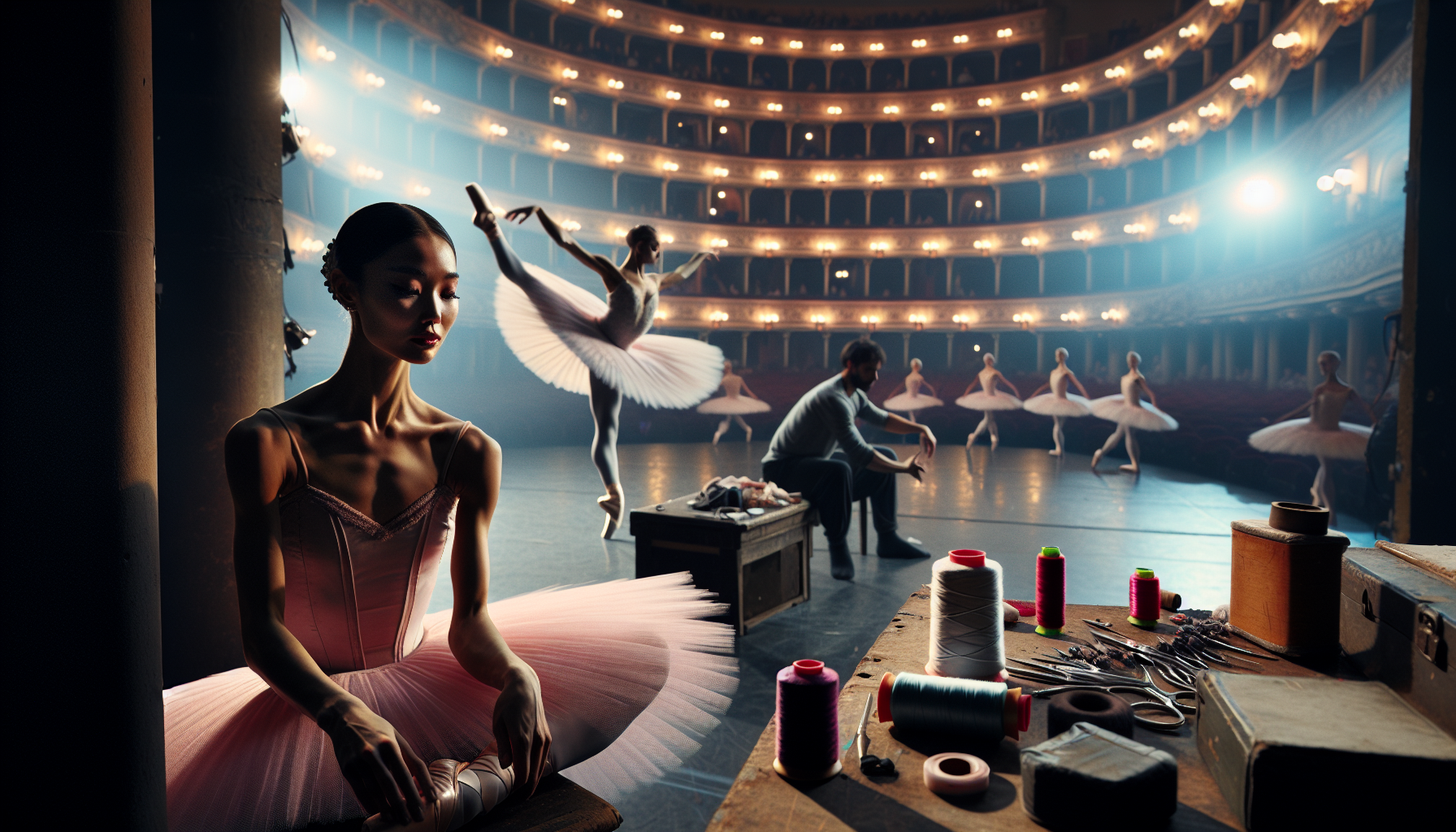Ballet is a form of high-intensity precision dance that combines music, costumes and stage scenery with the human body. Known for its aesthetics and discipline, ballet attracts a multitude of spectators but only a handful truly grasp the depth of its unseen beauty.
Ballet is draped in mystery. It is one of those sophisticated art forms delivering enchanting performances that captivate audiences worldwide. Yet, its concealed elegance, largely shielded from spectators, is the true gem waiting to be uncovered. Behind the veil of graceful twirls, awe-inspiring leaps, fan-like positions, and elegant silhouettes lies the raw, often emotional, vigour of ballet. This often goes unnoticed, revealing an unseen beauty of this classical dance form.
The life of a ballet dancer is filled with relentless training sessions, a yearning for perfection, and the pursuit of excellence. Behind those grand performances, lie countless hours of sweat, pain, and tears, tempered with sheer passion and conviction. Dancers engage in rigorous fitness staples, including barre work, central practices, pointe exercises, allegro and cross-training exercises. These gruelling and physically demanding workouts are seldom a part of audience conversations but are quintessential to preserving the form and beauty of ballet.
Another seldom discussed aspect of ballet’s unseen beauty is the language evolved within the dance itself. Every movement in ballet has a name, and dancers are required to interpret these movements and project them poetically on stage, weaving stories through their performance. A ballet performance is akin to physical poetry, with each step, pirouette, and plié comparable to the stanzas of a poem. The intricacy of this silent language and its novel interpretation offers a new perspective towards appreciating this delicate art form.
Beyond the intense training and the language of ballet, there lies the hidden world of the ballet sections or “corps de ballet”. Often unnoticed against the spotlight shining on the principal dancers, these background artistes play a pivotal role in creating the mesmerising visual tapestry that ballet is known for. The corps de ballet epitomises teamwork, their harmony and synchronised movements adding to the spellbinding charm of the performance. From swans in “Swan Lake” to the waltzing flowers in “The Nutcracker”, the corps de ballet orchestrates the unseen beauty that silently contributes to the visual grandeur of the theatrical performance.
An essential aspect of ballet’s unseen beauty resides within its music. The rhythm, tone and pace of the music not merely accompany the dancers, but also subtly narrate the ballet’s story. The dancers’ feet become the visualisation of the melody, their bodies the instruments to manifest the sentiments expressed in the music. The harmonious fusion of music with delicate movability brings about an ethereal quality that could only be achieved in ballet.
The costumes, often an element taken at face value, serve a much deeper purpose than just being an aesthetic embellishment. Each costume enhances the story by mood portrayal, period identification or character development. Besides, they are intricately designed to accommodate the complex movements dancers perform, enriching the overall theatrical experience.
The ballet’s unseen beauty is hinged on an intertwining of the aforementioned aspects and so much more. Beyond the tangible aesthetics, the ballet’s charm is a medley of tenacity, discipline, storytelling, music, teamwork, and costume design. It is much more than a dance; it is a way of life that displays the ideal blend of physical excellence and mental resilience.
As spectators, we are invited to embrace the hard work and passion that runs like an undercurrent through this magnificent world of ballet. Understanding these facets can transform the viewing experience, providing a profound appreciation for the unseen beauty that lies behind the precision, strength, and elegance of ballet. The true beauty lies in all that isn’t seen but quietly exists in the backstage of the world’s most enchanting dance form.

